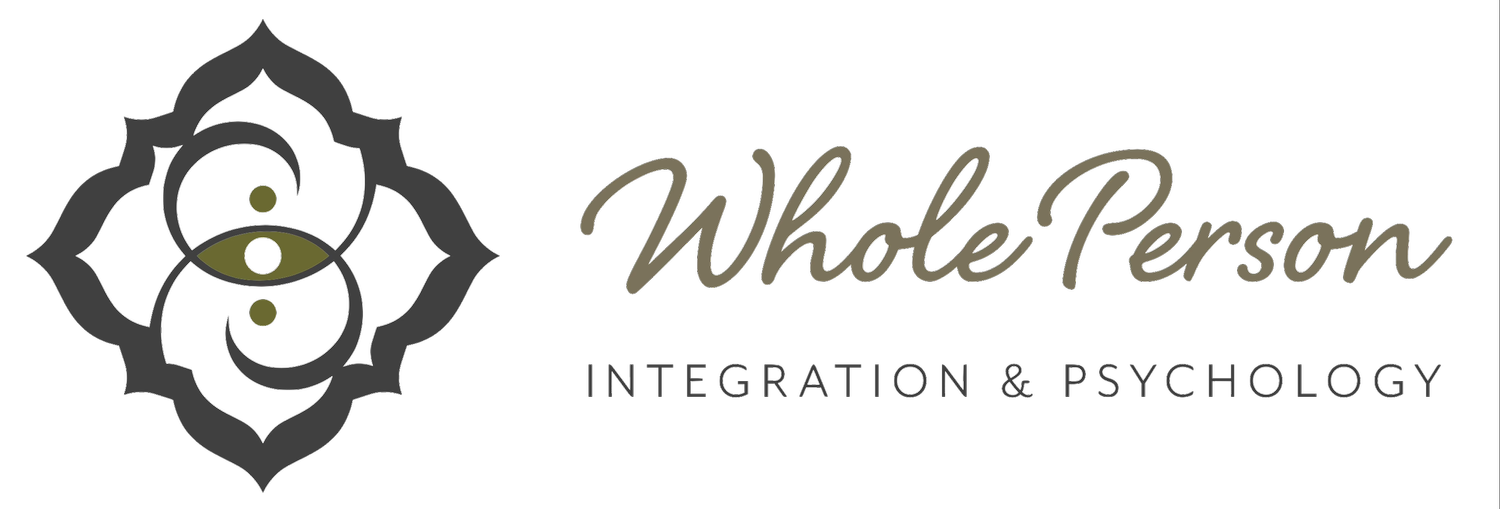A Constant in Life: The Breath
By: Dr. Denise Renye
Last week, I wrote about the power in the conscious breath. The breath and it’s healing potential is a topic that’s often on my mind. Breath is the essence of life. It’s constant both in terms of the mechanism – we breathe all day every day – and as an ever-present tool that puts us in touch with the body and soothes the mind.
The breath is something available to us no matter what’s happening. We can use breathwork during a pandemic (if we’re Covid-19 negative, of course). We can use breathwork to deal with political changes. We can use breathwork to cope with the loss of a basic right, like the power to choose an abortion in Texas.
The breath is ever present. Always here as a constant in our lives. When we feel lost, we can come back to our breath. It is a guide for us. A tool to go inward. A tool to then go outward from a centered place. We can use the breath to cool the fire that bubbles up inside when we’re irate. There are big differences between feeling anger and expressing anger. And there are also notable differences between reactive anger and responsive anger. Albeit, sometimes losing our cool is warranted.
I’m a big proponent of the magic of anger, particularly for women (and folx who fall closer to feminine on the gender expression continuum) because we are instead encouraged to people-please and not rock any boats with anger. We’re encouraged to be “nice,” and anger isn’t a “nice” emotion. Oh no, my friends, anger is an indication of something that is most likely awry. Feel angry when there’s something to feel angry about. And come back to the breath in order to move in the external world from a centered space that is grounded.
As we see, there’s a lot to be angry at and with these days. Not to mention there has been a lot to be angry at and with for numerous days, for all days, primarily in how non-white people are treated, how women are treated, how non-upper-class people are treated, and more. I get it. Anger makes sense. And anger can create change.
And yet, when we come back to the breath, it gives us a constant, unchangeable life force that we can join with. Breath allows us to connect with ourselves and with others because everyone breathes (some more easily than others). There are many ways to connect with the breath. Simply becoming aware of it, without adjusting it in any way, is one very simple (not always easy) way. Another is incorporating it into a meditation practice.
What happens when you engage with a meditative breathing practice? A 2016 study by Kirtigandha Salwe Carter and Robert Carter III found doing so helps with depression, anxiety, cognitive function, and physical performance. Science backs up what meditation practitioners have known for centuries. Given there’s a clear bond between the mind and the breath, why not harness the inherent power of the breath? Use it as a technique we can return to again and again?
There are so many different types of breathwork. And people are constantly naming a new one after they tweak something from one that was previously named. As a yoga therapist, I use different techniques personally as well as in the work I do professionally. In addition to nadi shodhana, or alternate nostril breathing, I also regularly use circular breathing. To begin circular breathing, sit in a comfortable position whether that’s in a chair or on the floor. You may also choose to lie down on the floor. Lying down on the floor can be helpful for beginning breathing practitioners as it allows them to notice the body on each inhale and each exhale.
1. Hold your spine erect, if sitting, to allow air to fully enter and exit your body. If lying down, allow the earth to hold you.
2. Breathe naturally for a few moments to center yourself, to get grounded and physically present.
3. When you’re ready, breathe in through your nose and out your nose without pausing. (You may choose to breath in through your nose or your mouth. I recommend choosing one only. During different breathwork sessions, you could try out nose. And another, mouth. Then you can see which works better for you)
4. As you hit the top of the inhale, immediately exhale.
5. As you reach the bottom of the exhale, immediately inhale.
6. The length of time for your inhale should match the length of time for your exhale.
7. Keep going until you’re ready to stop. Some people practice for 5 minutes and some for a full hour!
8. When you’re ready to close the practice, allow your breathing to return to normal.
9. Breathe in and out normally for a few moments and notice your body and your mind. What’s different? What’s the same? How do you feel in different parts of your body? What do you notice about your mind?
Hopefully at the end of this practice something has shifted in your mind or body or both!
Feel free to reach out and let me know how your breathing sessions are going. Breathwork is important work. It is simple, yet not easy. If you’d like to work together in a group or individually, you can reach me here. And click here for more info I share through my newsletter.
Reference
Salwe, K; Carter, R. “Breath-based meditation: A mechanism to restore the physiological and cognitive reserves for optimal human performance.” World Journal of Clinical Cases. April 16, 2016, vol. 4(4): pp. 99-102.

